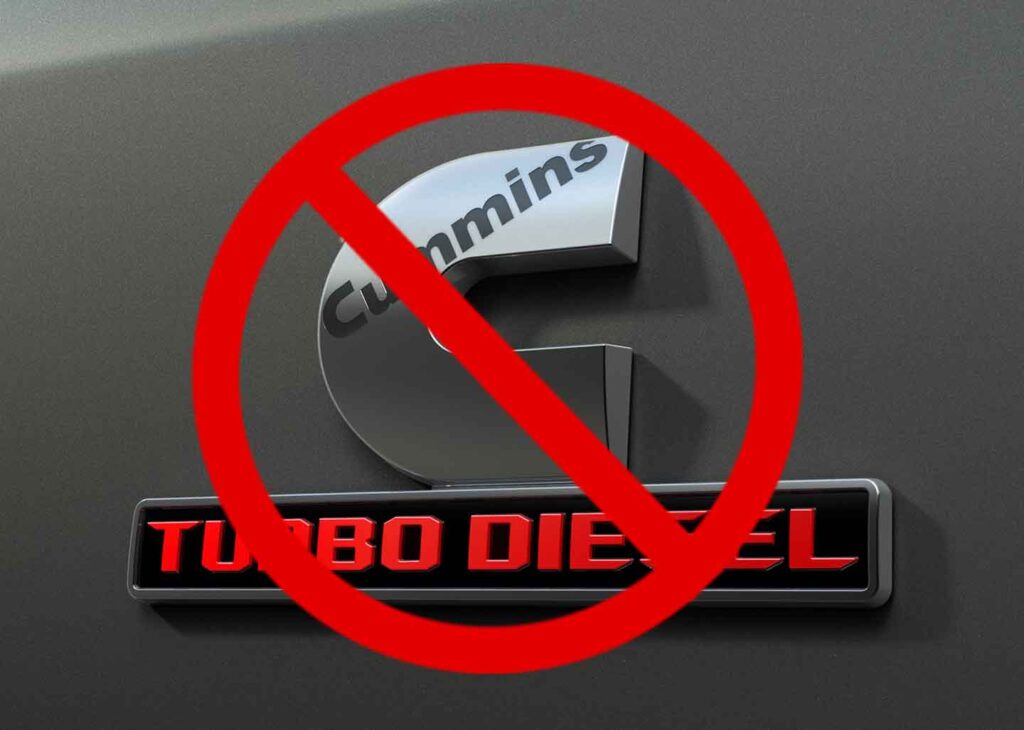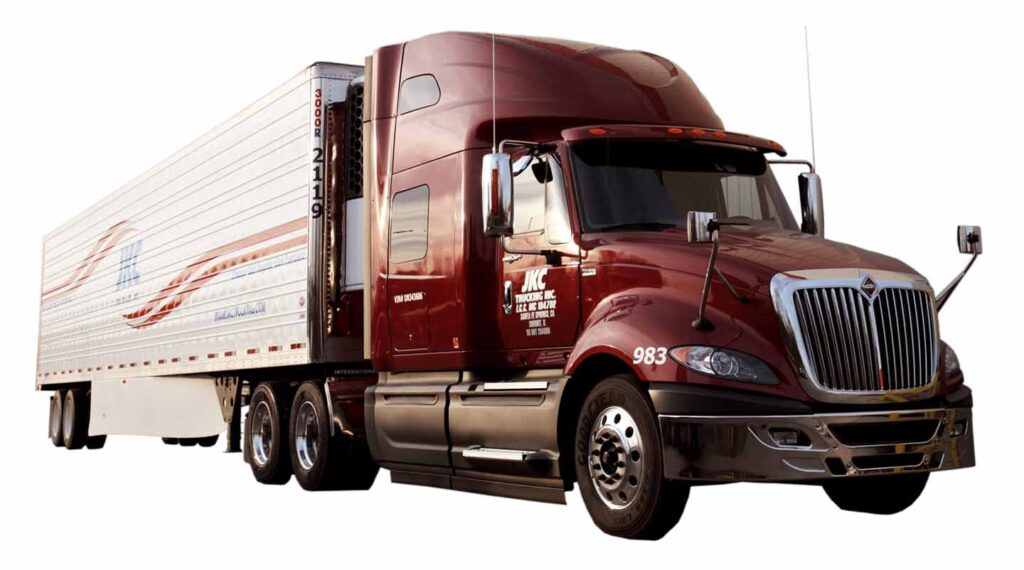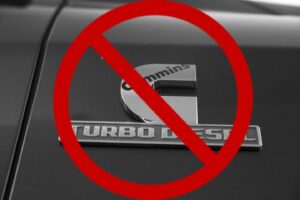Did America Just Dodge A Bullet?
Following a landslide victory on election night, the Trump administration has promised to stomp out the federal government’s EV mandates.

In the aftermath of reclaiming the White House, Donald Trump has promised to stomp out the federal government’s EV mandates on Day 1, according to SEMA. This is a major victory for both Americans who prefer to have a choice between internal combustion and EV vehicles, and the automotive industry as a whole. According to SEMA President and CEO, Mike Spagnola, the pending EV mandates “would have stifled American innovation and hindered an industry whose economic and cultural impact is integral to the American experience.” Spagnola also noted that a Donald Trump presidency “promises to deliver to the nation and automotive aftermarket industry a host of important policy wins, including the prospect of tax cuts to support small businesses and a more-fair regulatory environment.”
If You Recall…

On March 20th, the Environmental Protection Agency finalized its emissions standards for 2027-later model year light and medium-duty vehicles. By 2032, the regulations would require all cars and trucks sold in the U.S. to meet a fleetwide tailpipe emissions average of 85 grams of CO2 per mile. At present, only electric vehicles and just five plug-in hybrids are capable of meeting that standard (hint: the average internal combustion engine pickup truck emits roughly 400 grams of CO2 per mile). According to the American Fuel & Petrochemical Manufacturers (AFPM), the new emission standards were intentionally designed to force electric vehicle adoption.
Americans Not Buying It

Luckily, Americans weren’t buying into EV mandates, or willing to go along with them. National polling conducted by WPA Intelligence across eight battleground states in the months leading up to the election revealed that an overwhelming majority of voters opposed bans on gasoline-powered vehicles and EV mandates. In all, 70-percent of those polled disagreed with gas car bans and mandatory EV ownership, while just 18-percent supported it. Perhaps more importantly, nearly 66-percent of the voters polled said they were less likely to support a candidate who supported ICE vehicle bans.
What Could’ve Happened

By the EPA’s own projections, if the 2027-2032 CO2 emissions regulations were allowed to stand, by 2032 just 1-percent of all light heavy-duty vocational vehicles would be powered by internal combustion engines. The federal agency also projected that the over-the-road trucking industry—an industry that is predominantly opposed to the adoption of battery-electric technology—would be reduced to only 64-percent ICE propulsion by 2032. Just think of the trickle-down effect of transportation companies being forced to buy $400,000 semitrucks (as opposed to $180,000 diesel-powered versions) and then having to pass those costs on to consumers. If you ask us, the American automotive market clearly dodged a bullet on November 5th.
Written by Mike McGlothlin



